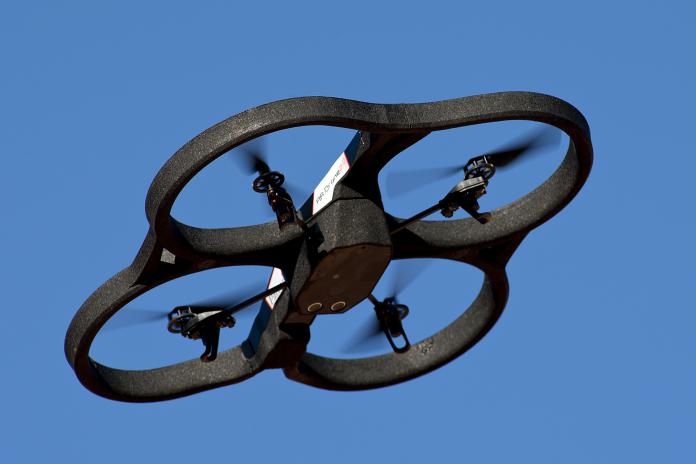The key to the research lies in how robotic devices differentiate and anticipate. Microsoft Research says humans have these abilities innately, but artificial intelligence can struggle with such concepts. Autonomous vehicles and delivery drones are growing industries, but the ability to truly operate on their own is still a major limitation. Object avoidance and anticipation will be a key step to machines achieving full autonomy. Aerial Informatics and Robotics Platform includes software that gives developers tools to easily write code to control drones and other AI machines. This can be tested in a “highly realistic” simulator that collects data to help train AI systems. With this simulator, researchers can test AI in a virtual world before applying it to real world scenarios. Ashish Kapoor, is the leader of the project and says the technology will spur significant progress in creating artificial intelligence solutions that customers can trust.
“The aspirational goal is really to build systems that can operate in the real world,” he said. Eventually, machines will be able to drive vehicles, deliver goods, and perform household tasks. Introducing artificial intelligence into the real world will be an important step. “That’s the next leap in AI, really thinking about real-world systems,” Kapoor said.
Training AI for Real World Use
Microsoft Research explains in a blog post how developers will be able to train AI to differentiate and anticipate. The company points out that previous simulators have offered only limited help in such research. However, they lacked accuracy and could not simulate real world complexities. Researchers would ideally like to test their AI solutions in an environment where they will face complexities like deciding the difference between a wall and a shadow. Microsoft’s tools make this testing possible in a simulated environment. Previously such tests would be costly because of hardware losses in real world tests. “Thanks to big advances in graphics hardware, computing power and algorithms, Microsoft researchers say they can create simulators that offer a much more realistic view of the environment,” Microsoft says. “Aerial Informatics and Robotics Platform’s simulator is built on the latest photorealistic technologies, which can accurately render subtle things, like shadows and reflections, that make a significant difference in computer vision algorithms.”
Simpler Development
The Ariel Informatics and Robotic Platform also allows researchers to easily write code to control autonomous devices, like drones. This is achieved through a library of software that integrated into the DJI and MavLink platforms. Microsoft Research says the solution removes the need for developers to learn the separate APIs or write separate code.




